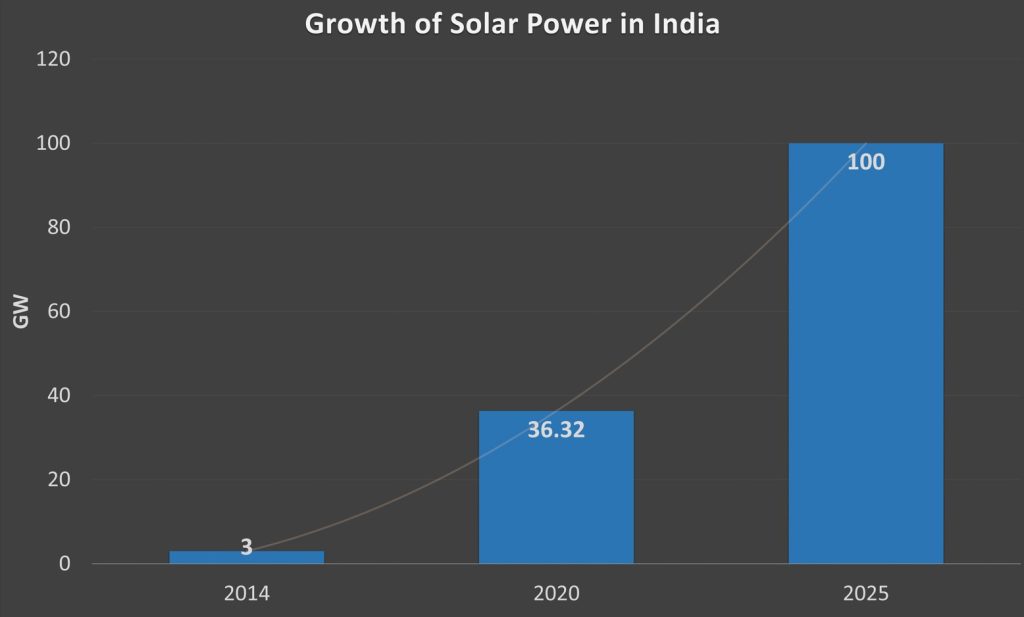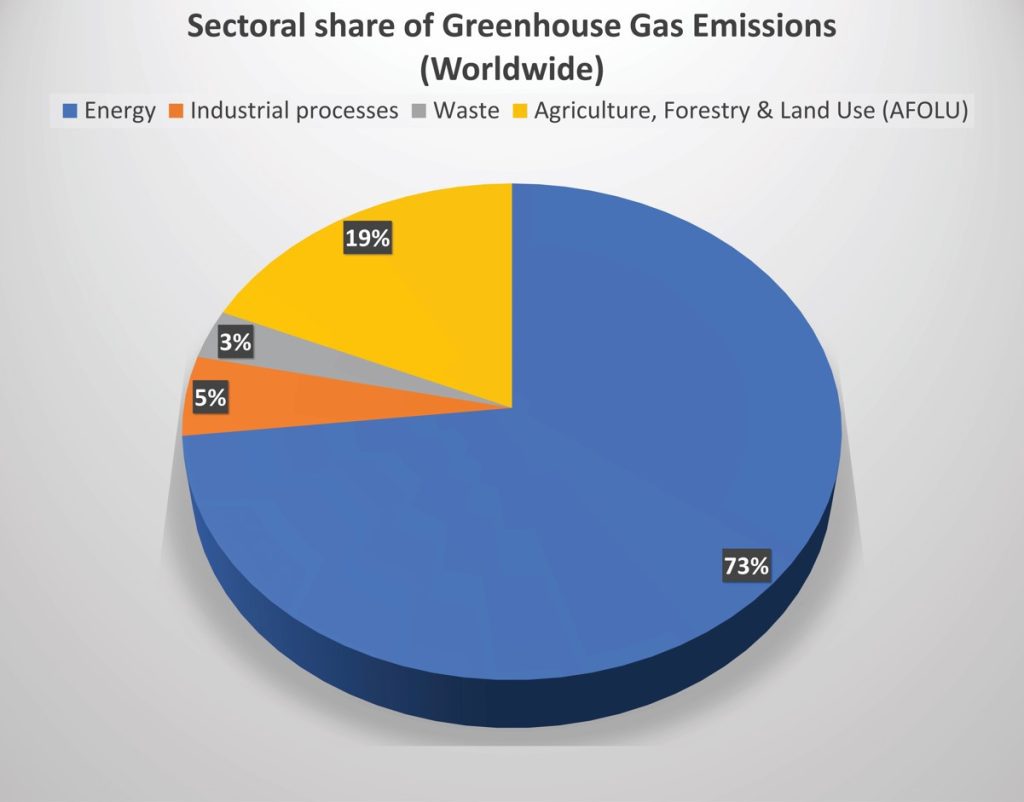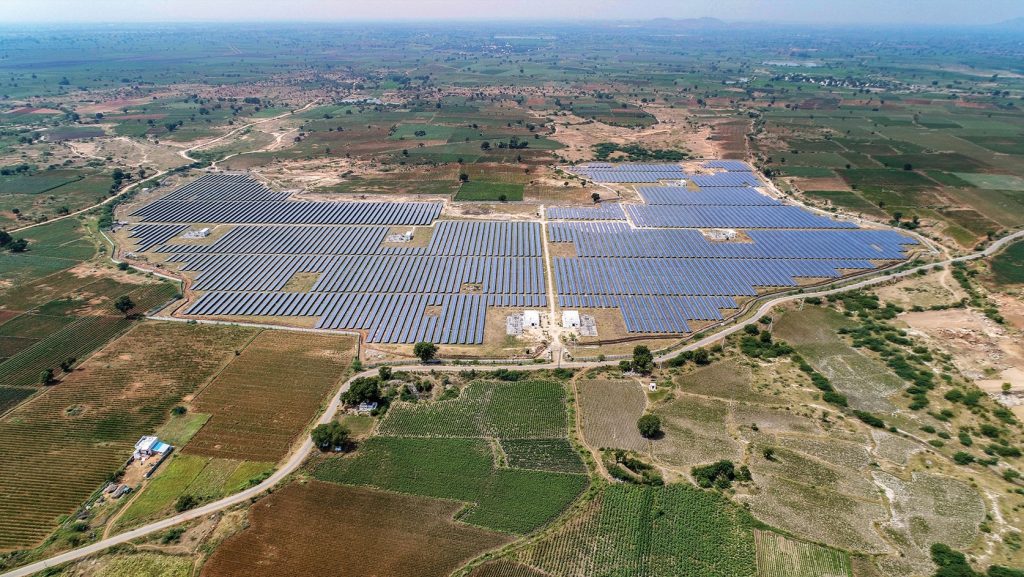The rise of modern civilisation has been fundamentally intertwined with our ability to harness the Earth’s energy resources. From the industrial revolution to the digital age, technological progress has transformed societies and economies across the globe. This unprecedented growth has been marked by a pervasive mindset of exploiting natural resources without regard for their long-term sustainability.
The Devas, being satisfied by the performance of sacrifice, will grant you all the desired necessities of life. But those who enjoy what is given to them, without making offerings in return, are verily thieves.
Bhagavad Gita: Chapter 3, Verse 12
Unlike our ancestors who talked about revering and respecting nature, we have exploited natural resources to the extent that they are stretched beyond natural regeneration limits. ‘Using without offering in return to nature’ has already brought us to the cusp of disastrous climate change. Our current energy system, which relies heavily on fossil fuels, is one of the primary culprits behind rising Greenhouse Gas Emissions (GHGs).
In fact, the energy sector accounts for a staggering 73.2% of total GHG emissions globally. The urgency to decarbonise this sector has never been more critical, and the good news is that a broad range of green initiatives are being implemented to mitigate these emissions.
INDIAN POWER SECTOR SCENARIO
As of late 2024, India’s installed power capacity reached around 457 GW, with renewables (including hydro) making up about 45%. Solar power grew from 2.82 GW in 2014 to 100 GW by 2025. However, coal still dominates, generating over two-thirds of electricity. Renewables contributed 22.49% of total generation up to January 2025. The government targets 500 GW of non-fossil capacity by 2030, aiming for renewables to supply 35%-40% of generation. To aid this shift, India plans to add 47 GW of battery storage and 30 GW of pumped storage by 2032.
Since GHG sources are closely tied to the energy sector, decarbonisation requires a multifaceted approach. This includes not only renewable energy but also energy efficiency, transport electrification, grid modernisation, and energy finance, all essential to achieving net-zero emissions and addressing climate change.


ENERGY EFFICIENCY: REDUCING WASTE, REDUCING EMISSIONS
The foundation of any decarbonisation strategy begins with reducing energy waste. Improving energy efficiency is one of the quickest and cost-effective ways to lower GHG emissions. The Energy Conservation Act of 2001 established India’s framework for promoting energy efficiency, leading to the creation of the Bureau of Energy Efficiency (BEE) and several impactful initiatives.
One of the standout programmes is Unnat Jyoti by Affordable LEDs for All (UJALA) scheme launched in 2015 with the aim to replace conventional lighting with energy-efficient LEDs. With over 360 million LED bulbs deployed so far, the initiative has saved approximately 47 million kWh annually, while avoiding 38 million tonnes of CO2 emissions every year.
The Energy Conservation Building Code (ECBC), introduced by the BEE in 2007, sets minimum energy performance standards for commercial buildings in India. The code applies to new buildings with a connected load of 100 kW or more, or a contract demand of 120 kVA or more.
Similarly, the Standards & Labelling Program by the BEE encourages consumers to choose energy-efficient appliances by labelling products like refrigerators, air conditioners, and lighting systems to indicate their efficiency.
RENEWABLE ENERGY AND STORAGE: HARNESSING CLEAN POWER
While energy efficiency is crucial, the long-term solution to decarbonisation lies in transitioning to renewable energy sources. To fully utilise the renewable energy potential, it is essential to improve different aspects of the energy supply chain.
For example, to ramp up the share of renewables in the generation, the Solar Park and Ultra-Mega Solar Power Project scheme was launched in 2014 to lower costs and improve transmission by concentrating solar projects in dedicated zones. These parks streamline the setup of large-scale solar projects, enhancing efficiency and cost-effectiveness.


Images Courtesy: Dr Tripta Thakur and Dr Tushar Kumar
Another transformative programme is the Pradhan Mantri Kisan Urja Suraksha evam Utthaan Mahabhiyan (PM KUSUM), which aims to install small solar plants and provide solar irrigation solutions for farmers. By extending solar power to rural areas, this initiative helps reduce the dependency on diesel-powered generators and promotes sustainable agriculture.
Launched in February 2024, the PM Surya Ghar Muft Bijli Yojana aims to install rooftop solar systems for 1 crore households by FY2026–27, with a budget of Rs 75,021 crore. The scheme provides subsidies to help residential consumers adopt solar power, promoting decentralised energy generation, easing grid load, and lowering electricity bills
While solar energy has made impressive strides, wind energy is also a key player in the decarbonisation equation. India’s National Offshore Wind Energy Policy, launched in 2016, serves as the foundational framework for developing offshore wind energy within the country’s Exclusive Economic Zone (EEZ), extending up to 200 nautical miles from the baseline. A key feature of the policy is its support for various stages of offshore wind development including research, resource assessment, pilot projects, and commercial ventures ensuring a systematic and scalable approach.


India’s National Bioenergy Programme (NBP) is driving biomass energy initiatives from 2021 to 2026, offering financial aid—up to Rs 45 lakh for pellet plants and Rs 5 crore for cogeneration projects. Complementing this, the SAMARTH Mission encourages the use of agro-residue pellets in thermal power plants, replacing coal and promoting biomass co-firing. This helps advance clean energy and addresses crop residue burning, especially in northern India.
The transition to renewable sources like solar and wind challenges grid stability, as their input is intermittent. Conventional sources like coal, nuclear, and hydropower with storage offer controllable energy output. Therefore, energy storage technologies are essential to this transition.
Battery Energy Storage Systems (BESS) and Pumped Storage Projects (PSPs) are key energy storage technologies, each with unique strengths. BESS, especially lithium-ion, are highly efficient, quick to respond, modular, and easy to deploy, ideal for short-term storage (up to 4–6 hours) and grid balancing. However, they have higher costs per MWh, shorter lifespans, and environmental concerns. PSPs store energy by moving water to higher elevations and are suited for long-duration storage (8-10+ hours), with long lifespans and low operating costs. But they need large land and water resources, are site-specific, and face lengthy approvals.
The Union Cabinet approved a Viability Gap Funding (VGF) scheme to develop 4,000 MWh of BESS by 2030-31 offering up to 40% capital cost support, totalling Rs 3,760 crore in budgetary assistance, from an overall project outlay of Rs 9,400 crore. The Ministry of Power (MoP) has also issued guidelines to accelerate the development of PSPs by streamlining and facilitating key aspects of project development, including land acquisition, environmental clearances, and financial support.


Sectors like heavy industry, shipping, and aviation are hard to electrify, but green hydrogen made from renewables can help decarbonise them. It efficiently stores renewable energy, reduces reliance on fossil fuel imports, and boosts energy security. For countries rich in renewables, it offers export opportunities and economic growth. Launched in January 2023, India’s National Green Hydrogen Mission aims to produce 5 million metric tonnes (MMT) of green hydrogen annually by 2030, supported by 125 GW of renewable energy capacity.
TRANSPORT ELECTRIFICATION: POWERING MOBILITY WITH CLEAN ENERGY
The transportation sector is another significant contributor to GHG emissions, largely due to the reliance on fossil fuels. In India, the FAME India Scheme (Phase II), launched in 2019, was aimed at promoting the adoption of electric vehicles (EVs) by offering financial incentives. The programme targets the deployment of 7000 e-Buses, 5 lakh e-3 Wheelers, 55000 E Four-Wheeler Passenger Cars (including Strong Hybrid) and 10 lakh e-2 Wheelers.
GRID MODERNIZATION: A SMART, FLEXIBLE GRID FOR A CLEAN FUTURE
A clean energy future also requires a modernised grid that can handle the complexities of decentralised power generation. The Green Energy Corridor (GEC) initiative in India, started in 2012, focuses on building dedicated interstate and intrastate transmission networks that connect renewable energy sources to the grid.
On the distribution side, the Revamped Distribution Sector Scheme (RDSS) is a flagship initiative launched in July 2021 by the Ministry of Power. With a substantial outlay of Rs 3.03 lakh crore over five years, it aims to strengthen the distribution network and improve the reliability of power supply by cutting AT&C losses and closing the gap between supply cost and revenue for DISCOMs.
ENERGY FINANCE AND MARKET-BASED MECHANISMS
Energy sector requires substantial financial and market mechanisms to accelerate the decarbonisation process. In India, the Renewable Purchase Obligation (RPO) mandates distribution companies to source a minimum percentage of their power from renewable sources. This obligation creates a market for renewable energy credits (RECs), incentivising power producers to invest in green energy. Carbon markets are another effective tool for pricing carbon emissions and encouraging companies to reduce their carbon footprint. The government is working on developing a robust Indian Carbon Market Framework, which will allow businesses to trade carbon credits, further incentivising emission reductions.


Image Courtesy: Wikimedia Commons
INTERNATIONAL COLLABORATION: SOLUTIONS FOR A GLOBAL PROBLEM
The challenge of climate change is a global one, and international collaboration is essential for achieving meaningful progress. The International Solar Alliance (ISA), a treaty-based intergovernmental organisation was launched in 2015 by India and France to scale up solar finance and technology across solar-rich nations, promoting the global use of solar energy.
Another ambitious project is the One Sun One World One Grid (OSOWOG) initiative. It seeks to interconnect regional power grids across South Asia, the Middle East, and Africa into a single transnational solar power network.
CONCLUSION
The drive to decarbonise the energy sector is a multifaceted effort that requires concerted action across several fronts. From improving energy efficiency and scaling up renewable energy production to electrifying transportation and modernising the grid, each initiative plays a critical role in reducing GHG emissions.
The initiatives outlined above are just a few examples of how governments and businesses are taking the necessary steps toward a sustainable, low-carbon future. However, the path to decarbonisation is long, and the scale of the challenge is immense. To meet our climate goals, we need continued investment, innovation, and, above all, global collaboration. By implementing and expanding these green initiatives, we not only reduce our carbon footprint but also build a more resilient, sustainable, and equitable energy future for generations to come.
*Dr Tripta Thakur is the Director General of National Power Training Institute, an apex body for training under the Ministry of Power, Government of India. She is also Professor in the Electrical Engineering Department at Maulana Azad National Institute of Technology, Bhopal. She has extensive expertise in the fields including power system regulations, energy policy, energy transition and smart grid. Dr Tushar Kumar is working as Assistant Director (STC) at the National Power Training Institute. His areas of expertise include smart grid, e-mobility and energy transition.










